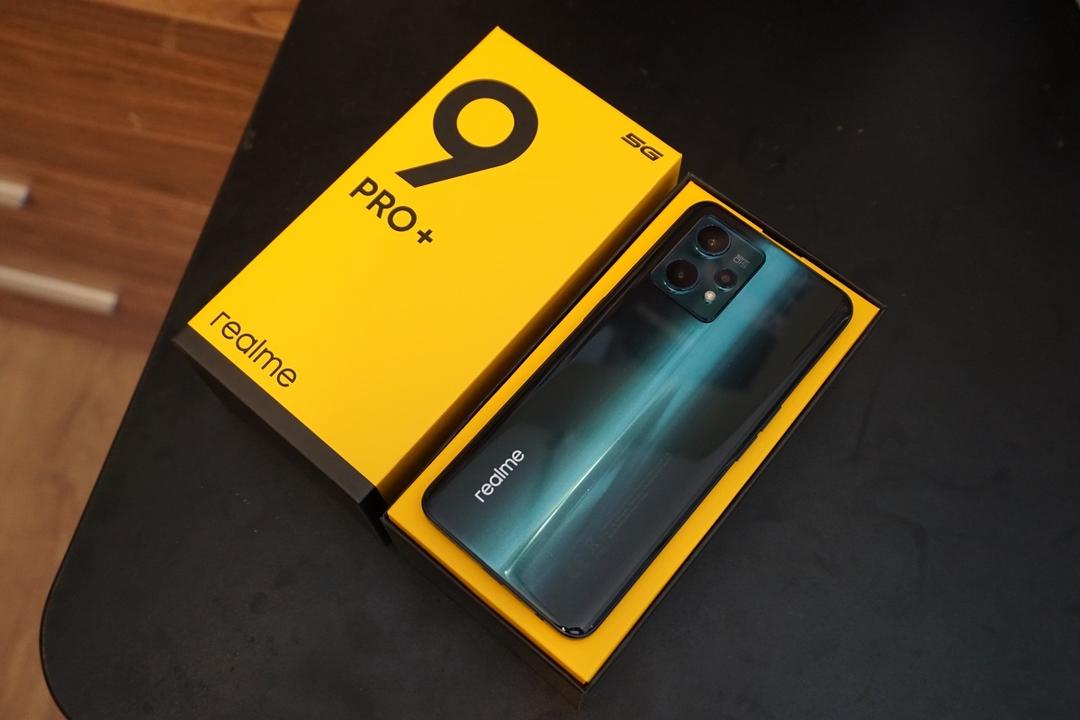Why Everyone Should Boycott Spotify Wrapped
It’s the time of year for music fans and musicians: the release of Spotify Wrapped. However, this seemingly cheerful annual note with musical numbers is not all sunshine. This is why you should boycott Spotify Wrapped.
Read on after the ad.
Contents
Spotify is not averse to a little marketing. Is that bad?
Spotify has been hiring social media influencers for the past few years to promote their music model. If you go to the hashtag on different platforms #SpotifyPartner searches, you will see fifty billion euros worth of advertisements popping up with all kinds of famous influencers. Here we see actions like ‘A Playlist for Every Mood or Moment’ or ‘The Future is Spotify’.
Influencers started posting content touting Spotify as superior to CDs, vinyl and cassettes. For example, the photo below was provided by the hired marketing agency tribal sent to influencers and they had to post the same kind of photo. But that is of course an expensive joke, because those influencers have to be paid. That could be cheaper, the Spotify marketers thought.
How Spotify puts you in front of the cart
What if, instead of giving influencers tons of money, Spotify could let people do it for free? Then what do you get? Exactly: Spotify Wrapped. In its current form, Wrapped started in December 2017 by asking whether listeners are “brave enough to share their listening history.”
The result? Five million people shared their taste in music on Facebook, Twitter and Instagram. Quite a few people saw the name Spotify on their timeline. The plan worked: Spotify Wrapped became the event of the year for music fans and is now indispensable. In fact, we look forward to it and write about it regularly.
It has even progressed so far that I get questions in my musical circles about the number of minutes Spotify was on with me. Whoever has listened to music on Spotify the most is the ‘winner’. However, my record and CD collection does not count. Now that Spotify has grown almost four times in five years, this marketing campaign is also growing in numbers. But what’s so bad about that? Everyone enjoys it, right? Why should we stop doing this?

What is Spotify Wrapped anyway?
Spotify sends listeners auto-generated Spotify charts summarizing their listening habits every December. This includes your most played song and artist. Now that Spotify is also entering the podcast market, this audio form also appears in these year-end lists. In other words: apart from a team of ICT people, Spotify does not have to do anything for this campaign.
On top of that, they also send these lists to their other group of users. Musicians also receive their annual grades in the form of scorecards. It shows how many streams and listeners they have collected, which countries they come from, and who their biggest fans are. Each year, these two groups fill the social media feeds for days, giving Spotify its biggest marketing push of the year.
Third, the company uses the statistics, which it can generate virtually at the touch of a button, of all users together on billboards campaigns. Nice is not it? Then visitors to Times Square will at least know which genre was listened to the most that year.

How Spotify’s revenue model works behind the scenes
Do not get me wrong. There’s nothing wrong with a little advertising and advertising. And let’s be honest: Spotify just handled this very cleverly. Last year, Spotify marketer June Sauvaget told Forbes that Spotify Wrapped “creates a FOMO effect that entices new users to consider Spotify.” However, it is the operation behind the scenes where this marketing strategy falls short on certain aspects.
You have to bear in mind that Spotify itself doesn’t actually sell anything. It brings music from the musician to the consumer. So it is a ‘double sided marketplace’. On the one hand, Spotify offers its product (the platform itself) via Wrapped to potential new listeners, who will hopefully become paying subscribers. On the other hand, Spotify sells itself to musicians and labels, who see it as a different kind of customer. Only, it doesn’t pay these artists (or hardly). Musicians can be happy if they get into one of the Spotify lists and grab some streams.
It makes sense for a company whose product is based entirely on this exploited labor to come up with new ways to squeeze more free value out of its user base. Moreover, you should also ask yourself who you are promoting with Spotify Wrapped.
That’s Spotify itself: a publicly traded company with a valuation of $53 billion that is answerable only to investment companies and the four major record companies (Sony, Universal, Warner and EMI). Spotify is therefore not in the hands of the musicians. While these companies earn 19 million a day from streaming, the musician only gets a little change in comparison.

So what’s wrong with Spotify Wrapped?
Okay, the world revolves around money. So who cares if a company does it smart? Well, socio-cultural problems have also arisen from this annual tradition of convincing musicians and music fans to publicly compare their stats.
Spotify Wrapped reminds us annually that the streaming model is based on numbers. However, music is based on emotion and therefore difficult to quantify. The number of hits tells us the fact that a song is played on repeat for days and nothing about the (cultural) value of an artist or a record. Spotify Wrapped suggests that the value of a song increases when played at a larger scale. However, we cannot take this for granted when it comes to art.
These figures say nothing about the innovativeness of a piece of music. The result is that ‘these statistics as truth for quality’ causes certain genres to lag behind the rest. For example, metal, jazz and classical pieces are less ‘repeatable’ and will therefore never show off at the top of a Spotify Wrapped list. The songs in these genres often evoke complex emotions, which, if you play them once a day, are already quite a labor. As a result, they are overlooked in the final lists.
But, this goes beyond the problem of music just being quantified. With this campaign, Spotify wants us to think that these statistics are valuable or meaningful. That music is quantifiable. Spotify is a for-profit company and wants to be able to provide figures to shareholders.
If we all unconsciously accept that the number of streams a song or artist has is a valid way of determining what is ‘good’ or ‘quality’, we are limiting ourselves and the musicians in the prestige and value of art, music and culture. What if we decided to ignore this masterful coup of free advertising and instead try to appreciate music quality again. In any case, it would greatly help the underappreciated musician.
Do you always want to stay up to date with all the Apple news? Then sign up for our newsletter. In addition, download the free iPhoned app and keep an eye on our website. Then you’ll never miss an Apple news again!



